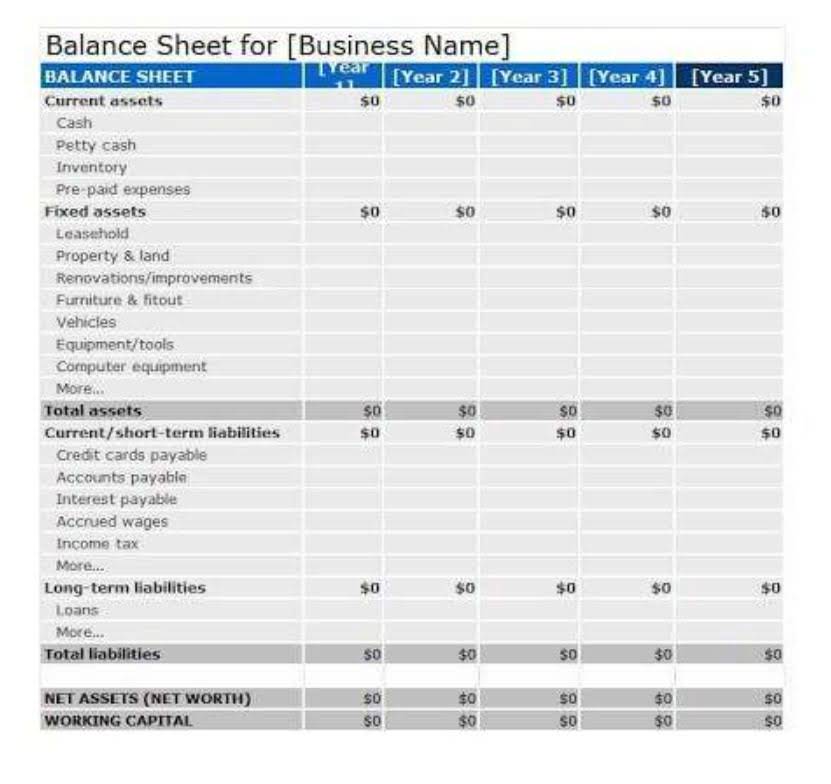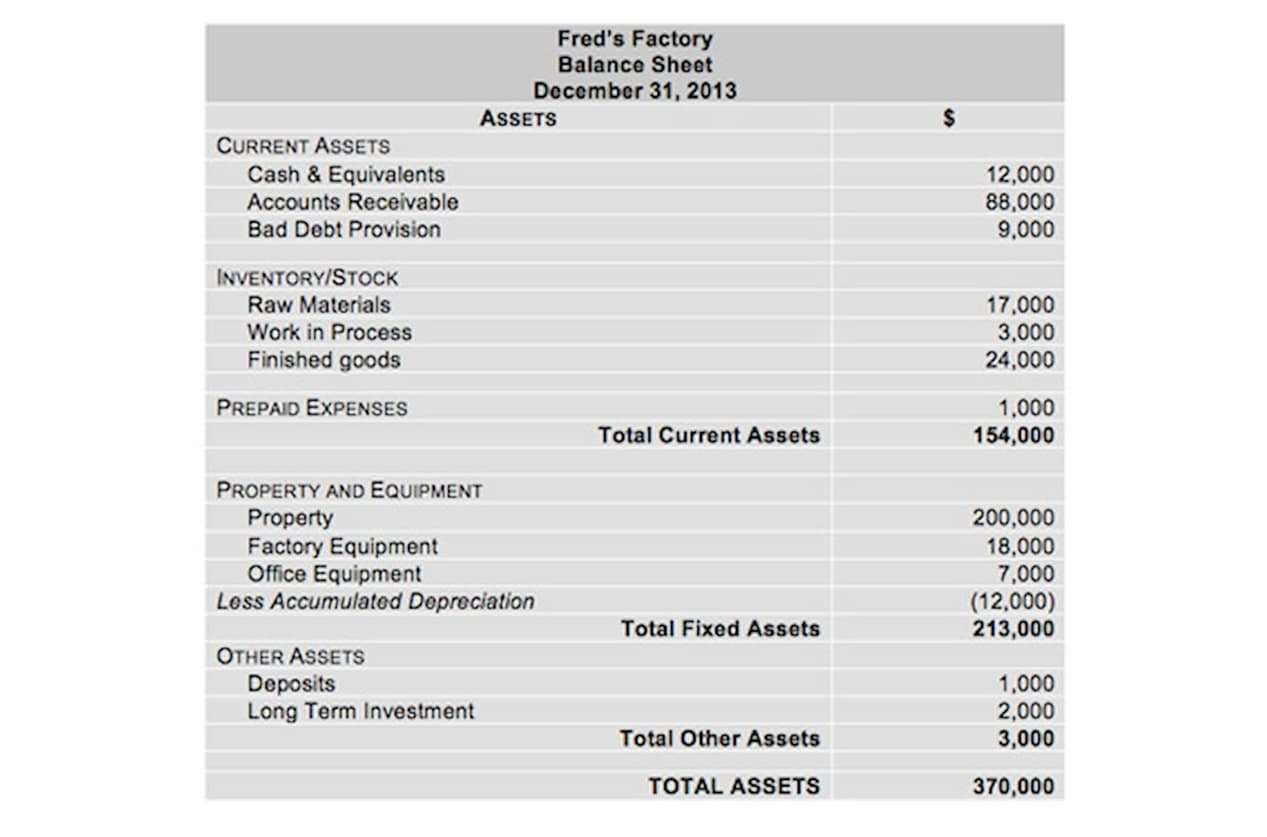
Under the FLSA, any non-discretionary bonuses or commission earned by a nonexempt employee must be factored into their regular rate of pay. The calculation method varies depending on if the bonus or commission payment is allocated by the workweek or some other frequency, e.g., monthly, quarterly, annually. This tool allows you to enter various pay rates and hours worked over multiple weeks or months, so you can track your overtime earnings trend. By visualizing this data, you can make informed decisions about your workload and financial planning.

Invoicing – Get Paid Today

Exempt employees generally receive a salary and are https://www.bookstime.com/ not eligible for overtime, regardless of how many hours they work. The calculator is designed for non-exempt workers, where the overtime multiplier is applied. Omni’s overtime paycheck calculator is designed to help you calculate your earnings, taking into account both regular hours and overtime.
- You’ll use simple multiplication to figure out the overtime pay for an employee.
- If it looks like you’ll earn just as much by doing overtimework, then don’t do it.
- Simply enter your regular hourly rate, overtime pay multiplier (like 1.5x for overtime pay) and the number of regular and overtime hours you’ve worked.
- It is important to determine what maximum is legal in each case.
- If discrepancies exist, it’s advisable to discuss the issue with your employer first to seek clarification and resolution.
Calculate Weekly vs. Biweekly Pay Periods
- It’s also useful if you ever doubt you’re being paid fairly, or just want to know what kind of payout to expect after all the hours worked.
- Enter your hourly wage and the number of overtime hours you worked, and the calculator will show you how much extra you’ll earn, helping you budget for personal expenses or savings.
- You’ll often get a “time and a half” rate when you work standard overtime, which means your pay rate is 1.5times your regular hourly wage.
- Let’s take a look at what the overtime entitlements are in the U.S. and how they can vary by state…
- If you have any problems using our calculator tool, please contact us.
- This tool is particularly useful for contractors with variable hours, but it’s also beneficial for anyone looking to calculate potential overtime pay.
Then, move on to adding your regular weekly hours and the total number of overtime hours you’ve worked during that week — and the calculator will automatically calculate the total overtime pay. Always check your local labor laws and regulations to understand whether your job is exempt from overtime pay. The U.S. Department of Labor regulates how and when overtime is paid. The agency uses the Fair Labor Standards Act as the basis for the regulations. Employers need to heed overtime rules or face stiff penalties. The standard overtime rate is one and a half times the hourly rate for each hour over 40 hours worked.
Overtime Pay Calculator – Accurate Wage Calculation
Overtime pay is the extra money you earn for working beyond your regularly scheduled working hours. It’s meant to reward your extra effort and isan important aspect of many employees’ compensation packages. Now that we know how to use this overtime paycheck calculator, let’s explore the details of such calculations next. If you think your employer wrongly classified you as exempt (some assets = liabilities + equity companies do this to evade overtime payments), report it immediately. Contact your state labor agency or get in touch with a labor law attorney in your jurisdiction. If you suspect you are not receiving the correct overtime pay, start by reviewing your pay stubs and comparing them to your time records and the applicable overtime regulations.


This functionality allows you to visualize the full impact of your hard work on your monthly income. Finally, the calculator will show your wage for regular and overtime work hours. Staying overtime without receiving compensation for the time put in is called working off the clock and could potentially get both employees and employers in trouble. Then, when calculating overtime, you should keep in mind that it starts at 40 hours — so, in the above example, we have 7 hours of overtime. However, the laws and regulations regarding a standard workweek are usually not universal, and they might differ depending on the employee’s country of residence or the company’s policy. If you are paid by the hour, you can calculate your time and a half rate by multiplying your hourly rate by 1.5.
How to Manage Your Overtime Savings
To access the Overtime Calculator for salaried employees, click on the link you’ll find how much is overtime pay right above the screenshot. Most of the workers covered by the FLSA are eligible for overtime pay. However, it’s important to keep in mind that time and a half is the minimum overtime rate established by FLSA. In Europe, this rate might vary depending on the country of residence — regular hourly rate plus 15–75% of their hourly rate.




